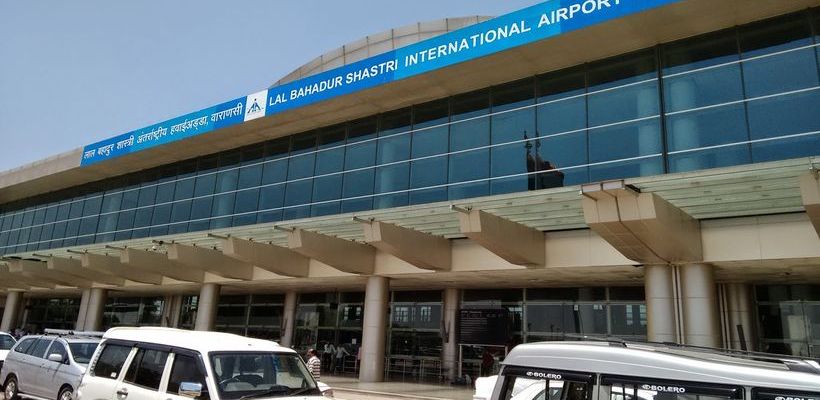Pune Airport To Get Biometric Boarding System By April 2019!
A seamless check-in awaits flyers at the Pune Airport with the authorities ready to roll out biometric boarding system from April 2019.
The system will enhance passenger movement at the airport through facial recognition under the civil aviation ministry’s “DigiYatra” programme.
The document of the ministry’s “Vision 2040”, which was unveiled on Tuesday at the inauguration of the two-day Global Aviation Summit in Mumbai, states that the pilot implementation of the project will be carried out at Bengaluru and Hyderabad airports by February-end.
According to an airport official, the project will be rolled out at the Pune, Kolkata, Varanasi & Vijayawada airports by April.
The system will be similar during the security check. There will be no need of showing and stamping boarding passes after frisking. The boarding passes and flight details of the passengers registered in the facial recognition system would also be integrated.
Here’s how you can register for this :
- There will be a one time registration process at the airport terminal entrance
- A centralised registration system will be created to store passenger information
- Each passenger will have a unique “DigiYatra” ID
- The flyers facial features will be captured in a Hight Definition Camera
Once registered, the flyer has to look into the camera instead of showing their boarding pass, ticket or identity card. The flyers identity will be ascertained and he/she will be allowed to pass through the security gate.









